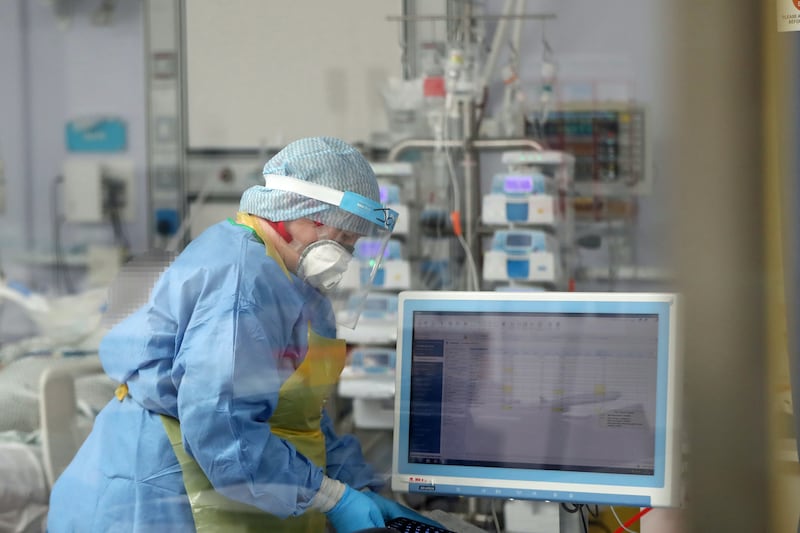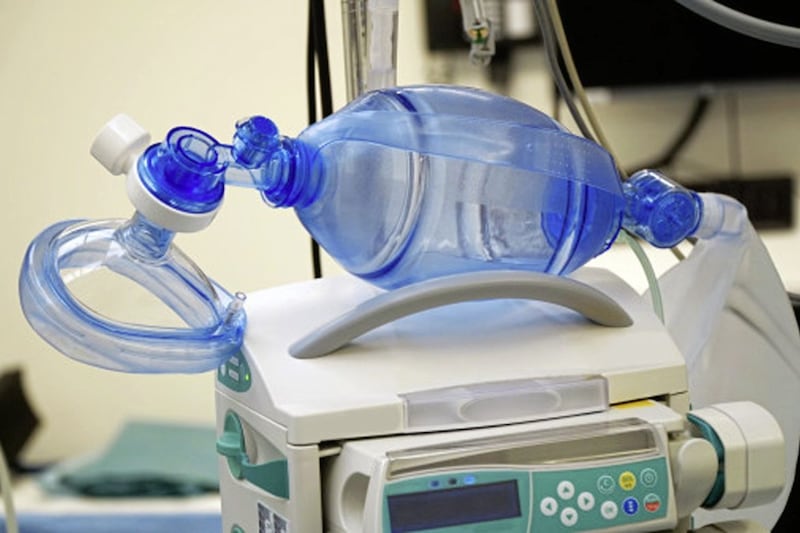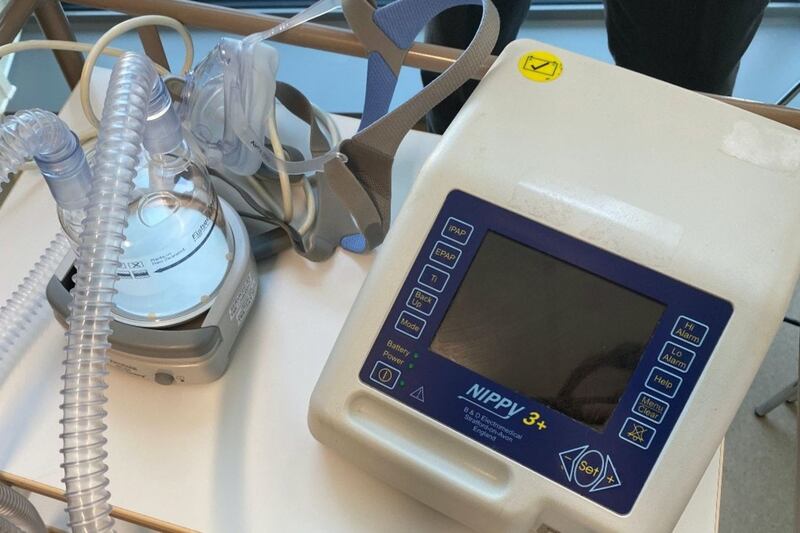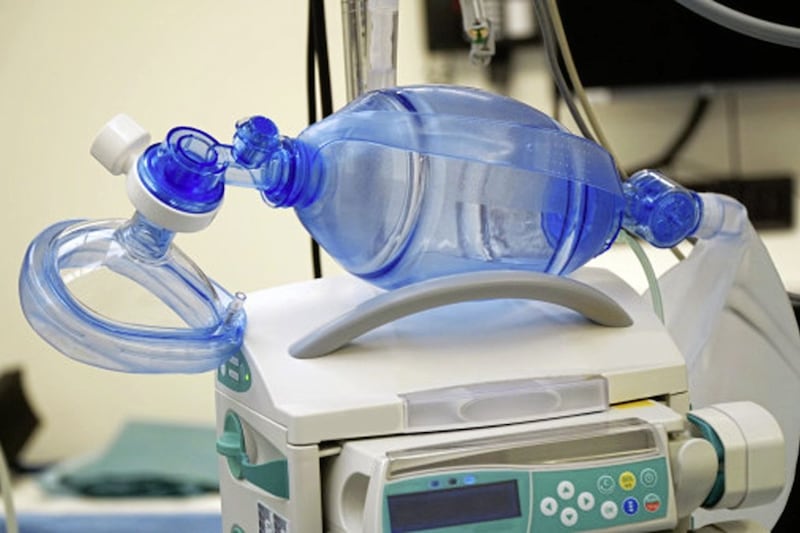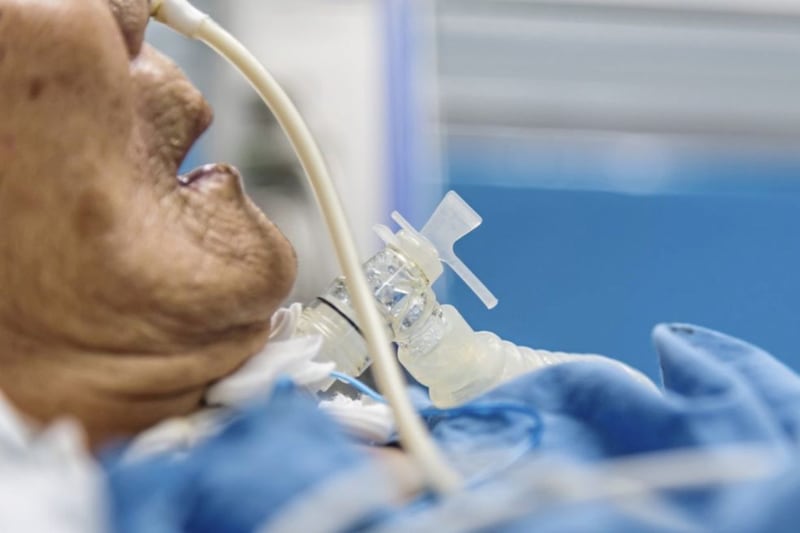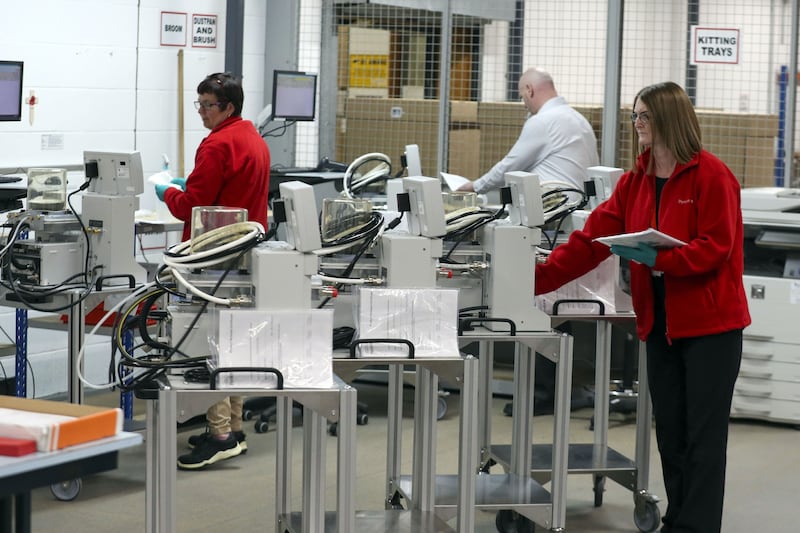The cost of an individual ventilator jumped by more than £40,000 in one week during the spring peak of coronavirus infections as procurement teams dealt with "enormous" daily price hikes, MPs have been told.
British Government and health procurement experts were quizzed by the Commons Public Accounts Committee following the publication of a report last month by the National Audit Office (NAO) into the cost of buying extra ventilators earlier this year to support those with severe Covid-19 symptoms.
The study found that £569 million had been spent overall on ventilators by the British Government, through programmes set up by the Department of Health and Social Care and the Cabinet Office, as ministers frantically looked to reach their target of securing 30,000 additional oxygen-providing machines.
But the NAO discovered that thousands of the ventilators bought to treat the worst affected Covid-19 patients are sitting in warehouses due to a lack of demand during the first wave.
During today's committee hearing, officials were asked why VG70 ventilators designed for intensive care use cost about £9,000 per unit in the week of March 18-24 but jumped to about £50,000 each the following week.
Dr Emily Lawson, NHS England's chief commercial officer, said: "I can see that it looks extreme.
"What we were dealing with in the market were daily enormous leaps in price and we know that we were gazumped in several instances because we wouldn't go above certain levels, including in the same week being offered ventilators at upwards of £100,000.
"£50,000 wasn't the top of the market in that particular week because everyone was competing for the same ventilators."
Dr Lawson said the NHS "stopped entering the market at those high levels" in early to mid-April once it became clear the Government's Ventilator Challenge - designed to increase the number of life-saving machines being produced domestically - would produce results.
She also confirmed at least one case of fraud where the ventilator promised did not exist.
"Often, I have to say that those rapid price rises indicated that the ventilators didn't actually exist at all and they were being offered multiple times and they were actually fictitious," said Dr Lawson.
"There was one where a deposit was paid and it turned out to be fraudulent and we were able to get the deposit back again.
"So that was the speed at which we were trying to make decisions."
David Williams, second permanent secretary at the Department of Health and Social Care, said the £50,000 paid out towards the end of March was acceptable because there was a "high degree of confidence" that the vendor could deliver.
He said: "We did not have a full degree of confidence that deals we were already undertaking would necessarily deliver or deliver in a timely fashion.
"And on this particular deal, a large volume through the intermediary person had best contacts into China, which gave us a high degree of confidence that we would secure a meaningful supply in a timely fashion that was acceptable to the upper range that we were willing to go."



